How to Prevent Birds From Hitting Windows With a Few DIY Tricks

By Judy Schumer
Superstition abounds when it comes to birds hitting windows. The most popular theory is that if a bird hits your window, it signals death. The truth is, it does—for the bird. Almost one billion birds die in the United States each year by window collision accidents, and most of those deaths happen from birds hitting windows on private homes.
If you’ve ever experienced this at your home, you know how heartbreaking it can be. Fortunately, you can take steps to prevent it from happening again. If a bird has never hit one of your windows, now is the time to stop this preventable accident from happening.
This guide will walk you through not only how to prevent birds from hitting windows, but we’ll get to know birds’ behaviors a little more and detail a few reasons why bird-window collisions are so common.
Photo via Craft Invaders
Why Do Birds Fly Into Windows?
Birds fly into windows for different reasons, depending on the time of day.
In daylight, birds see reflections of the sky and trees around them in windows. The birds assume that they’re continuing their flight in the great outdoors, only to crash into a glass pane. They also see into your windows, hoping that the lush houseplant on the other side is an outdoor shrub or tree where they can safely land.
In the spring, birds establish territories and aim to chase out any potential predators ahead of nesting season. So when a bird sees a reflection of itself in your window, it might go into attack mode thinking the bird they're seeing is encroaching on its territory.
Studies are still being conducted as to why birds hit windows at night, but lights inside or around the windows can distract birds, causing them to divert from their flight path and have window run-ins.
How to Prevent Birds from Hitting Windows
The best way to prevent birds from hitting windows is to minimize the reflection as much as possible. The following methods will help you lessen the reflective properties of your home’s glass and prevent birds from hitting your windows.
Install Awnings
Add outdoor awnings to your windows to block sunlight, which enhances the reflection birds see on your windows. The only thing to keep in mind here is that birds might see the awning as an opportune place to build a nest, so scare them away by also installing a nearby scare device like an owl or spraying the awning with a nontoxic bird repellent.
Use Bird Tape
Bird tape is made specifically for disrupting reflections on windows and is placed on the outside of your windows. There are two ways that bird tape is made: One type of tape is shiny with a prism design to catch the light and repel it, creating a beacon-like visual deterrent that birds avoid. The other highly-effective type of bird tape has a series of dots on it. The dots are spaced at an ideal distance from each other to cover just enough of your window surface to distort reflections.
Install bird tape in a grid along with your windows, with vertical lines 3 to 4 inches apart and horizontal lines about 2 inches apart. Keep in mind that the tape color will fade if the window is blasted by the sun, so swap out for fresh strips of tape every three months or so.
Add Bird Netting
Bird nets keep birds from entering eaves and attics and work just as effectively on windows. Install bird netting in a frame that will sit 3 inches or more away from the glass. It needs to be attached tightly enough so that if a bird should hit the window, the netting will cause it to bounce away from the window instead of making impact with the hard glass. Look for netting explicitly marked for birds to ensure the mesh is small enough to avoid the bird getting tangled in it. Attach the framed netting to the window frame with hooks or nails.
Decorate with Decals
Keep your windows decorated for different seasons and holidays year-round, all while keeping birds from making any contact with your windows. Window clings and decals can be found in most craft stores and are an easy and festive way to keep birds from hitting your windows. Simply place the window clings on the interior surface of the window, and you’ll enjoy the view from the inside and outside. You’ll need to use quite a few; the ideal spacing to successfully make birds realize there’s a surface there leaves no more than 4 inches width and 2 inches height between the decals or clings.
Add Motion Sensor Lights
We mentioned earlier that birds can get distracted by stagnant light at night, causing them to veer off path and hit houses and windows. To avoid nighttime collisions, switch to motion sensor lighting outdoors instead of traditional steady-burning outdoor lighting. A bird won’t trigger the motion sensor, allowing the natural night sky to be their flying guide. As a bonus, you’ll also cut down on light pollution, allowing you to see more stars with the naked eye.
Photo via Staci Marie
Leave Screens
Leave your window screens on all year. Besides keeping mosquitoes from coming into your home when you open the window, screens can also stop birds from flying into your windows. The dark mesh of a screen eliminates the reflection on the window’s glass, letting birds know that an object—not open air—is in front of them.
Stick Tape Strips
Tape strips are a DIY version of bird tape. Place strips of vinyl whiteboard tape on the outside of your windows. Make a grid, with the vertical lines 3 to 4 inches apart and the horizontal lines about 2 inches apart. The idea is to minimize the window area that reflects the outdoors back to birds. As weeks go on, outside moisture might cause the tape to peel, so replace it with fresh strips of tape as needed.
Use Tempera Paint
If you’ve got an artistic touch, you can paint your windows to disrupt the glass’s reflection. Tempera paint is a bird-safe non-permanent window craft paint that can easily be removed with vinegar and warm water. Head to the craft store and pick up stencils to help you transform your windows into works of art, all while keeping them bird-friendly. Just be sure to give your windows a good cleaning before painting and, if you’d like this as a more permanent solution, reapply the paint weekly.
Photo via Julien K., Hometalk Team
Etch the Glass
For a more permanent solution than tempera paint or if painted windows aren’t your style, consider etching your window glass to make it less reflective.
Apply etching cream to the exterior of the window over your desired peel-and-stick stencil using a paintbrush, covering exposed areas around the stencil with a masking film. Let the etching cream sit for the recommended time in the instructions, and then remove with a dampened sponge. Then peel off the stencil and let the etching cream settle.
Install Zen Curtains
Acopian Birdsavers, also called Zen curtains, are designed to create a continuous form of interference between a bird and your window. Zen curtains are a set of ropes that hang in front of your window. They're spaced at the same distance as bird tape and grid taping, which is the average space birds avoid flying through. You can buy the curtains directly or make your own to save cash—especially if you have a lot of windows to cover. Another frugal (yet still very effective) way to mimic a Zen curtain uses yarn; the end result prevents birds from hitting your windows.
What to Do if a Bird Hits Your Window
You’re sitting in your living room, reading and relaxing, and then BOOM! If you think a bird might’ve hit your window, go outside immediately to examine it for injuries. Try to do this while handling it as little as possible and wear gloves; you don’t want to worsen the situation.
- If you see that the bird is injured (fluffed up feathers, swollen, evidence of bleeding or open wounds, or an injured limb), cover it with a soft towel and carefully place it into a dark, covered container with a lid and air holes. A small pet carrier is ideal for this. Once the bird is safely secured, transport it to the closest wildlife rehabilitation center.
- If the bird isn’t noticeably injured but seems dazed, cover it with a soft towel and place it into a secure box with air holes and a lid or a small pet carrier. Remove the towel from around its wings once it’s safely inside the carrier or box. Move it to a quiet place to rest for about 10 minutes. This should be long enough for the bird to recover. Then, take the carrier or box back outside to an open area and open the lid or door. Leave the bird alone for a few minutes while remaining in the general area so you can see if it is able to fly off. Injured birds are at risk of being killed by bird hawks, who prey on hurt or weak birds, so stay close enough to shoo a would-be predator away from the bird. If the bird doesn’t leave the box, take it back inside and try again in a half-hour. If it is unable to leave the box or carrier after a couple of hours, transport it to the closest wildlife rehabilitation center.
- If the bird didn’t make it, use a small shovel to lift the bird into a plastic bag and seal it shut. Place the bag in a sealed trash container and wash your shovel thoroughly with hot soapy water.
Have you ever had to rescue an injured bird? Tell us your story in the comments!
Enjoyed the project?
Comments
Join the conversation
-
 MLH
on Jul 04, 2022
MLH
on Jul 04, 2022
Three years ago we had hummingbirds, of all things, hitting our back windows. It broke my heart, because they never survived the impact.
I hung clear shower curtain liners under the shed roof along the back. We could still see the yard, even though it wasn’t a pristine view, but the birds would hit and at worst slide down the liner.
I took the liners down after the migration passed. that was such s as n odd year.
-
-
 Karen
on Jul 04, 2022
Karen
on Jul 04, 2022
We have had a demon robin, not hitting the windows straight on but sitting on the window sill and then flying up at the window. Needless to say with the bird "dirt" on the sills, it was all over the windows. I went to the dollar tree and bought shiny birthday whirly gigs and taped to the windows after cleaning. It has stayed away from the windows now, but we cannot figure out this behavior. Never had this in 28 years. Maybe this is just an odd year for us too.
-



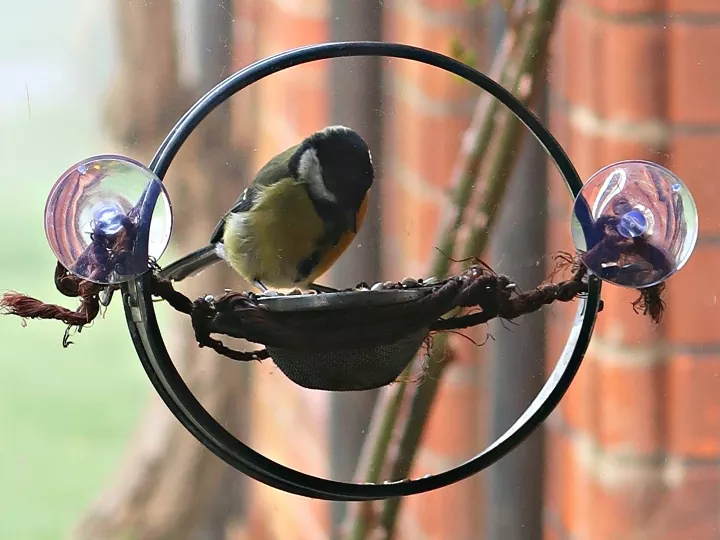


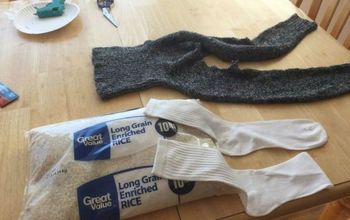

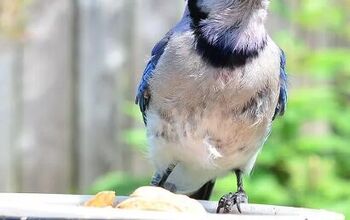

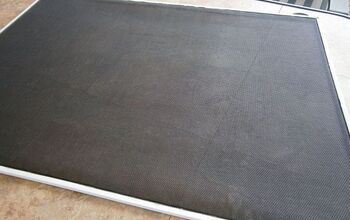


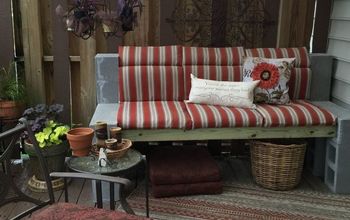

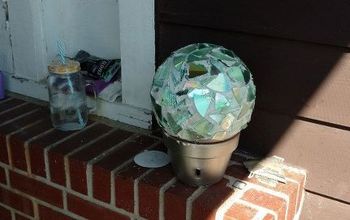

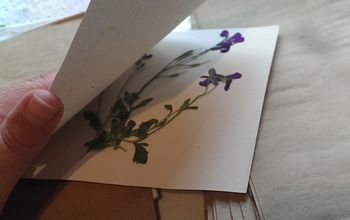
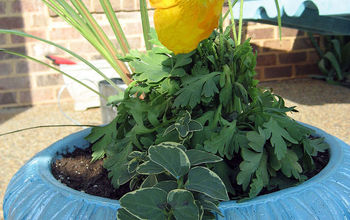
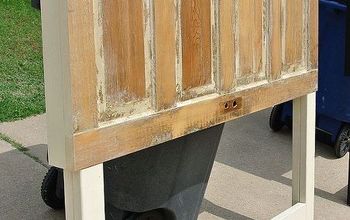





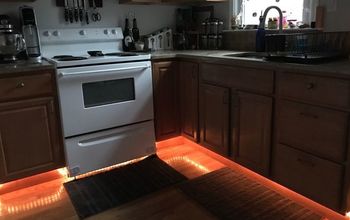
Frequently asked questions
Have a question about this project?